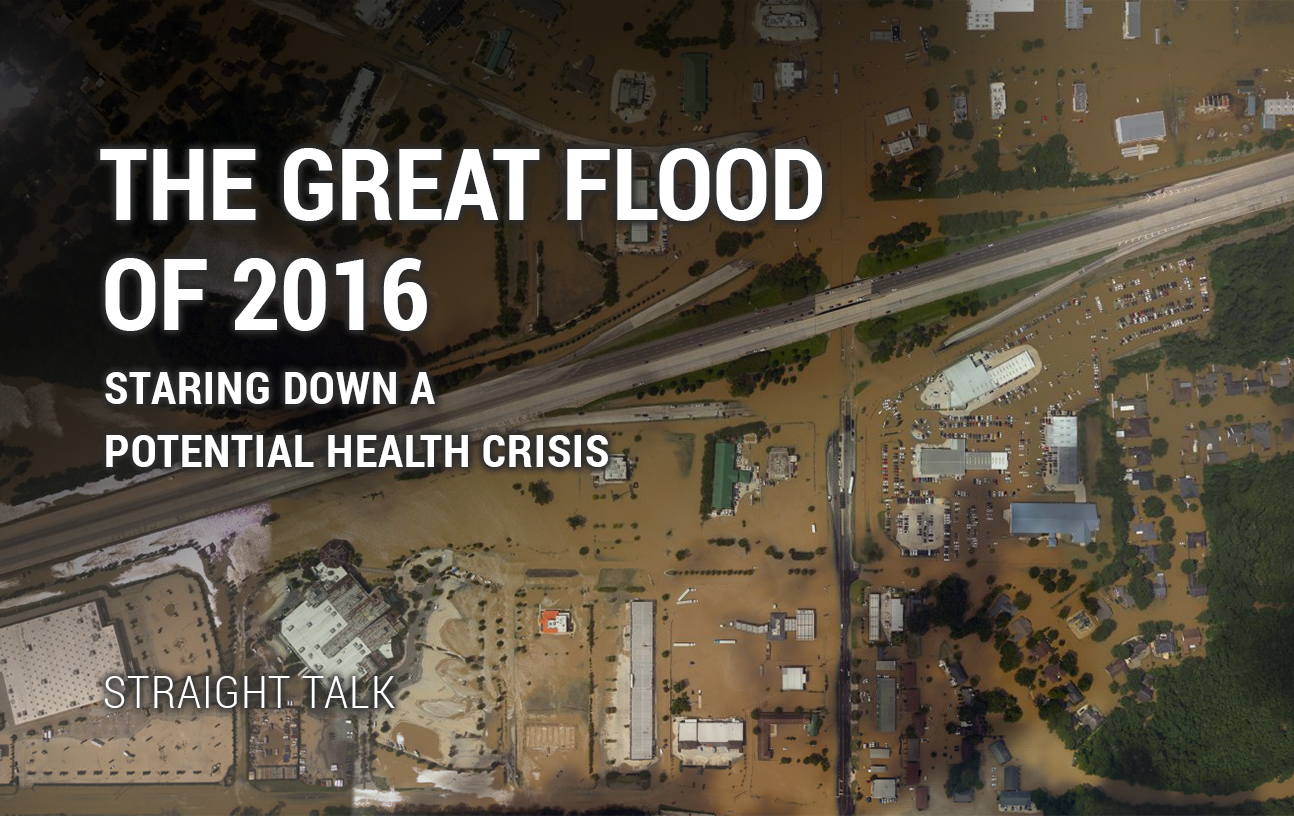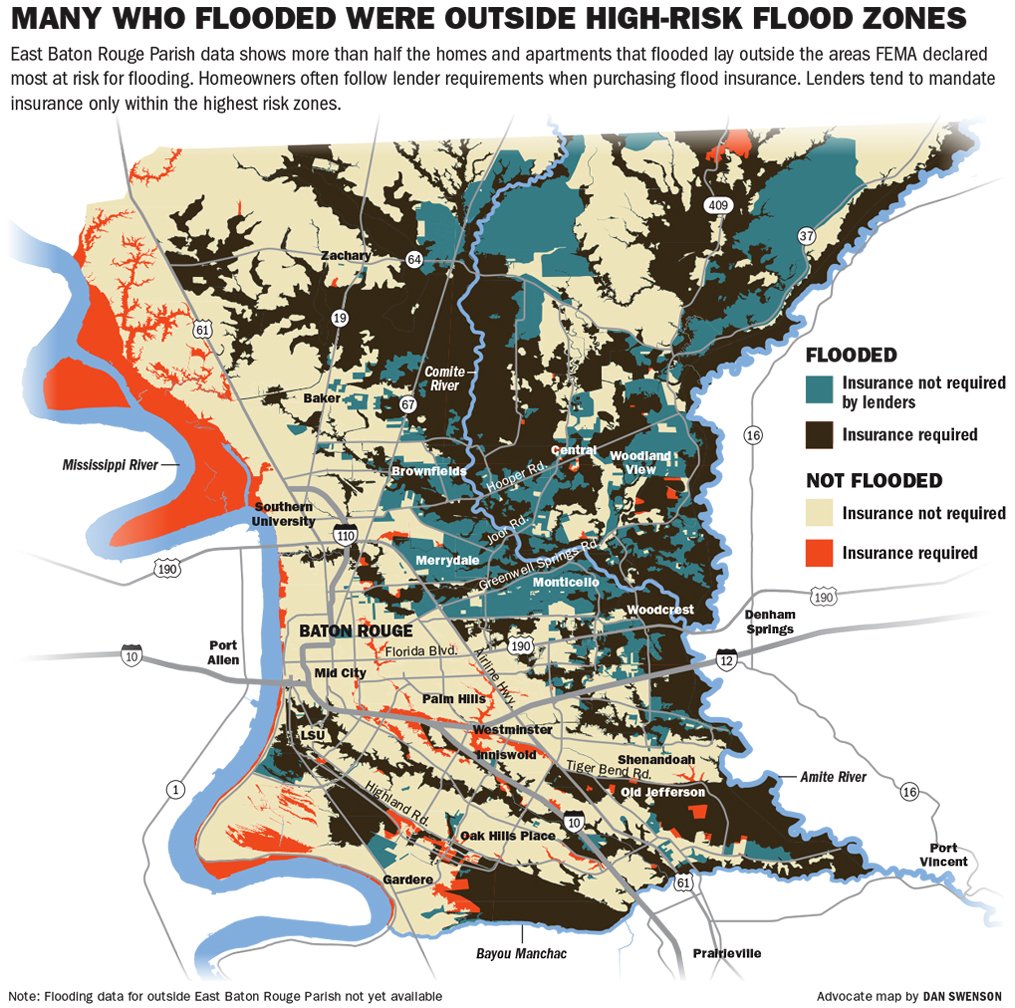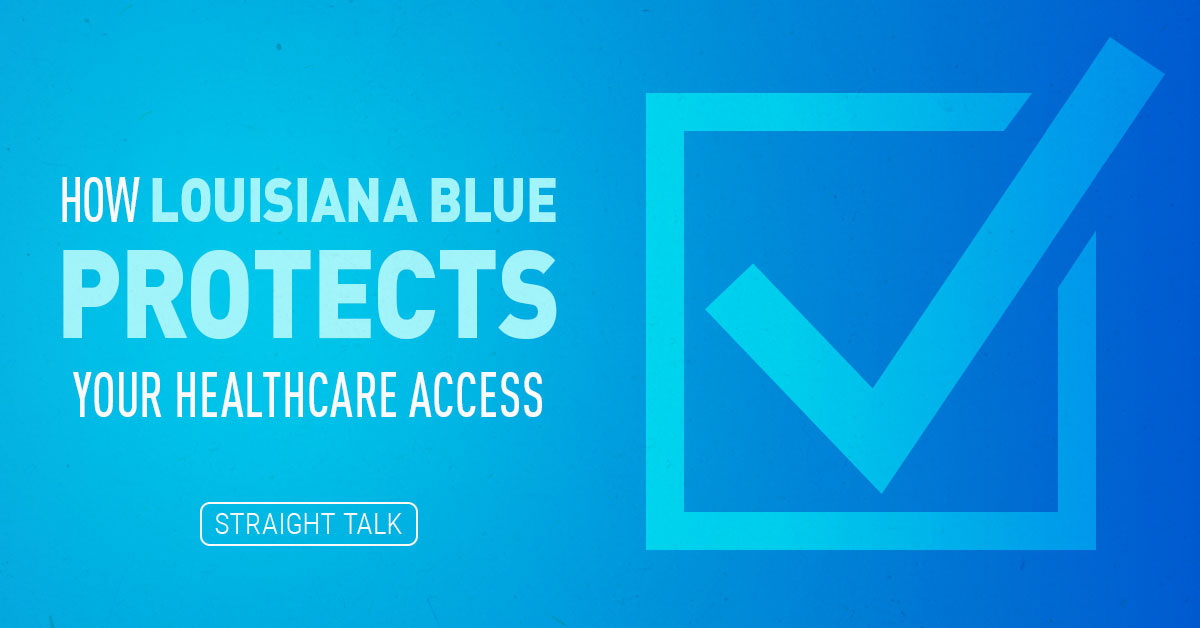It’s been a pretty crazy week. Just since I last wrote to you, Donald Trump came to town, President Obama came to town. The Federal Emergency Management Agency (FEMA), the Red Cross and lots of other organizations are here distributing money and supplies and food. Relief has been pouring in from far and wide. We’re so grateful!
FEMA mobile homes, a far cry from the post-Katrina “FEMA Trailers” of 2005, have been displayed, and folks qualifying for them are beginning to be vetted to move in soon. Sales of bleach, air conditioners, sheetrock and other supplies have skyrocketed. I’ve driven through neighborhoods where every single house’s contents have been ripped out and deposited on the street, like festering mounds of things that were useful, even precious, but are now lost causes.
The worst thing that could happen right now is that we get thousands of folks being forced to move back into un-remediated housing who are dealing with mold, mildew, fecal bacteria and a host of other health threats that are always the result of flooding, followed by temps in the 90s and humidity in the 100s.
It feels like a good time now to start talking in more detail about exactly what happened to us. While the data is not complete, this map is an excellent starting point. It shows an analysis done by the Baton Rouge Advocate graphics staff explaining how the flooding worked, who was insured and who wasn’t required to have insurance.
Remember that in Baton Rouge, there are stark differences in household income between certain parts of the parish. On average, a flooded house south of Florida Boulevard is much more likely to be inhabited by a family who can afford to rebuild and were more likely to have flood insurance. The opposite is true on the north side of Florida. You can see Florida Boulevard running east-west just below where it says “Baton Rouge” on the map.
The flooded areas of the map are black and green. Suffice it to say the people in the black areas were not expecting a flood, but they did live in areas where flood insurance is required for a mortgage, indicating those lands were at or below FEMA’s significant risk 100-year average flood zone.
The green areas are worse off. Those are areas 20 or 30 feet ABOVE sea level, not considered high-risk flood areas, that took on lots and lots of water. You can see how extensive these areas were, and this is ONLY East Baton Rouge Parish. In a testament to FEMA’s methodology, you can see the orange areas on the map that FEMA indicated were high risk but didn’t flood. There are very, very few.
My special concern today are the green flooded areas in Baton Rouge, north of Florida Boulevard and extending all the way to Brownfields and parts of Baker. These are areas with tens of thousands of ruined houses occupied by low-income families, often renting or receiving federal housing assistance to rent from relatively low-income property owners.
This area is also replete with group homes for challenged and at-risk adults, many of which also flooded.
My real fear is that these folks will be moving back home soon, because they have no place else to go, or are “sheltered at home” in un-remediated housing. The health conditions spawned from a flooded house, where sheetrock is not removed, tile is not torn up from the flood, ceilings are not replaced and every single piece of bedding or cloth is not removed, pitched or sanitized are manifest.
So, here’s hoping the authorities at FEMA and Congress realize that this is a critical time to put aside their differences and create aid packages that do not condemn low-income folks to living in unsanitary and dangerous conditions. You cannot remediate a home that took three feet of water with $8,000.
The worst thing that could happen right now is that we get thousands of folks being forced to move back into un-remediated housing who are dealing with mold, mildew, fecal bacteria and a host of other health threats that are always the result of flooding, followed by temps in the 90s and humidity in the 100s. The conditions for growth of bad things in these circumstances are just too perfect.
Monday, August 29, the Governor announced the Shelter in Place program which will use FEMA funds to help those who can do a little work on their houses and make it livable, like $15,000 worth. This is an IMPORTANT program, but will fall well short of fixing flooded houses. For example, it’s not available to landlords, or any multi-family residences, or any residence that took more than 24 in. of water. But hey, it’s a start. If we can get Congress to back us up a bit, this is a good place to begin putting money for rebuilding.
The poor here in Louisiana are counting on a new type of federal assistance, something that can help them find housing that won’t make their health worse, condemning them to infections and respiratory problems.
So, here’s hoping the authorities at FEMA and Congress realize that this is a critical time to put aside their differences and create aid packages that do not condemn low-income folks to living in unsanitary and dangerous conditions. You cannot remediate a home that took three feet of water with $8,000 (the amount of the average FEMA grant for an uninsured person). You can’t really blame someone who didn’t have flood insurance if FEMA said they were a low-risk property, especially those who lived in rented housing.
The poor here in Louisiana are counting on a new type of federal assistance, something that can help them find housing that won’t make their health worse, condemning them to infections and respiratory problems.
That’s what we need here. That’s what we’re asking for.






Leave a Reply